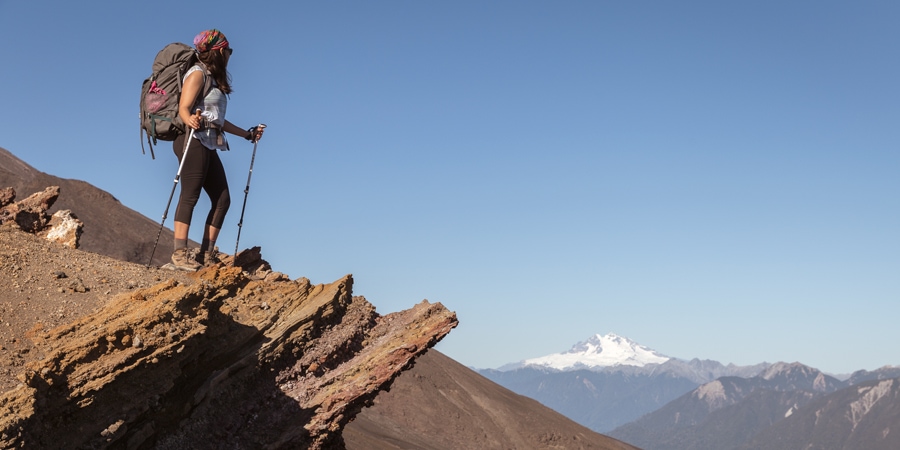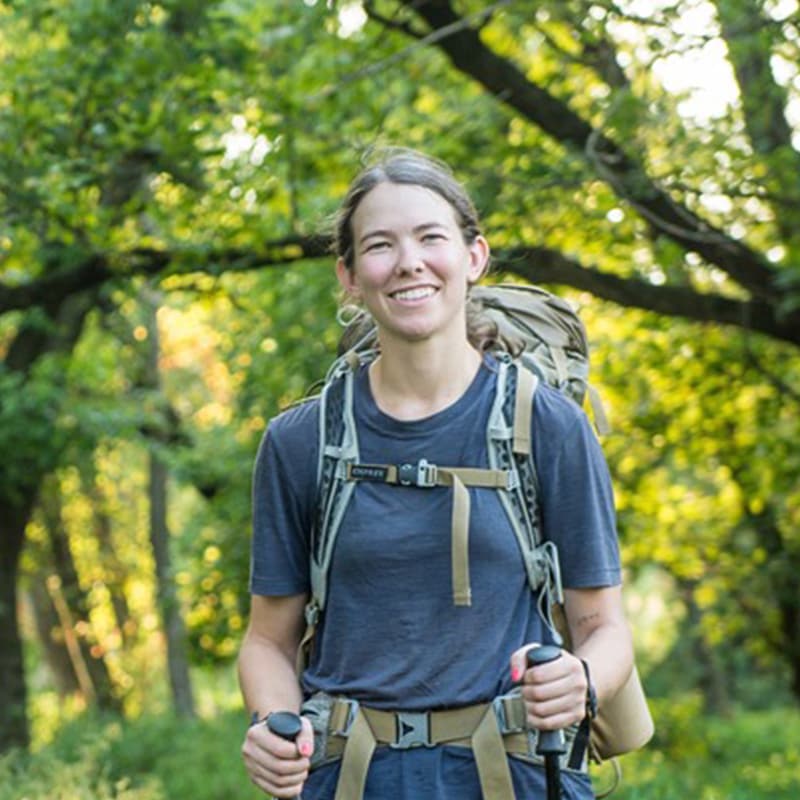In a world with so many stresses and distractions, spending time with yourself on a solo backpacking trip can provide the opportunity to disconnect, focus wholly on an objective and create exactly the type of trip you want. Without others along, you'll be able to go where you want to and travel at a pace that suits you best.
Backpacking alone is not for beginners, nor is it without its unique mental, emotional and physical challenges. And it can be even more intimidating for those who may feel unsafe, unwelcome or unable to be fully themselves in the outdoors—such as women, BIPOC, LGBTQ+ people, people with disabilities, and others who may be more likely to experience overt or covert forms of discrimination.
With the need to follow guidelines on how to recreate responsibly, more people may be considering solo trips. No matter who you are, where you live, or what your relationship to the outdoors looks like today, if you have reached a point where you're ready to try solo backpacking, this article is here to help. We'll look more closely at how to manage the risks, where to go and what gear to bring. With the right planning, you can put together a solo trip that's just right for you.
Why Go Solo Backpacking
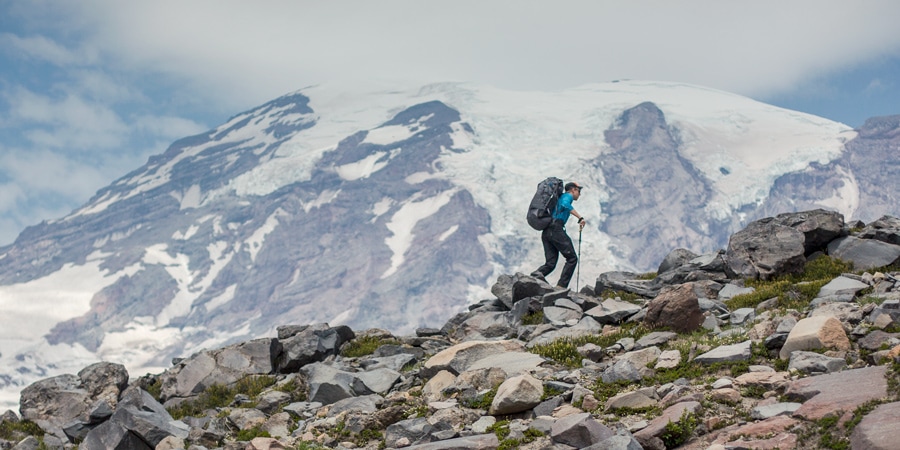
Some people will say that the point of backpacking is to experience the outdoors with good friends. But who's to say that a solo trip can't be just as rewarding? Here are a couple of reasons to consider going alone:
So you can go at your own pace: Whether you're always faster than your hiking pals or they're the ones waiting for you, going solo lets you travel at exactly the pace you want to. You can hike briskly to the summit or take a nap partway there—the decision is entirely up to you.
To push yourself: Doing things alone isn't always easy. On a backpacking trip, you'll be responsible for carrying all the gear, making all the decisions and figuring out what's making that creepy noise in the middle of the night. While a solo trip can certainly be challenging, it will also give you a chance to get outside your comfort zone and find out what you're capable of. There's a good chance you'll learn something about yourself along the way.
How to Manage the Risks of Solo Backpacking
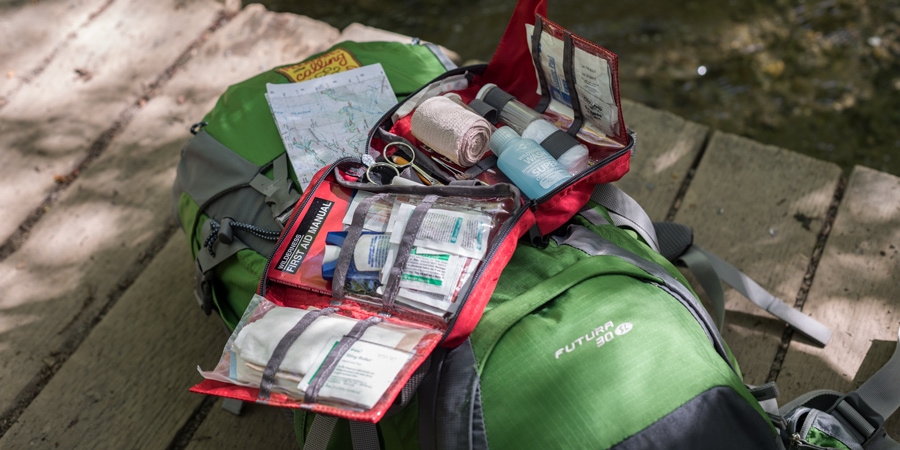
When you tell a friend or family member that you're going solo backpacking, don't be surprised if they question how safe the endeavor is. Their well-intentioned worries are likely founded in the long-standing belief that solo travel is just too risky. To their credit, it is generally true that the safety margin with solo travel is narrower; without a hiking partner, it's entirely up to you to figure out what to do if something goes wrong. But that doesn't mean you can never go alone. Before you set out, be sure you understand what you're getting into and how you can manage the risks. Here are some tips:
Get trained in first aid and navigation: Going solo means you can't count on anyone else to help you out if you get injured or hopelessly lost. You need to prepare yourself to be self-reliant, and you can do so by taking classes in wilderness medicine and navigation.
Sign Up for a Wilderness Medicine Class Sign Up for a Navigation Class
Always share your itinerary: This can't be overstated. It's essential that you leave a detailed itinerary with someone you trust. Include details about where you're going, where your car will be parked, where you will camp, what time you expect to return and who to contact and when (if you haven't returned at your expected time).
Stick with your plan: Going by yourself gives you the freedom to roam, but you don't want to significantly alter your plan once you've shared it. If you do, people will have a tough time finding you if they need to.
Know your limits: With no one else along to bounce ideas off or to assess potential dangers with, you need to be very honest with yourself about your skills and capabilities. It's OK to turn around at any point.
Pack the Ten Essentials: On every backcountry outing, whether you're alone or with a group, you should carry the Ten Essentials. During a trip without any glitches, you may only use a few of these items, but it's when something goes awry that you'll appreciate having things that can be essential to your survival.
Trust your instincts: If something just doesn't feel right, listen to that. Most experienced solo backpackers will tell you that at some point they've packed up and moved on to another site or even headed home because they weren't getting a good vibe. Don't be ashamed if this is what you decide to do. Our article on Backpacking for Women has safety advice applicable to anyone out on the trail. Folks who identify as LGBTQ+, members of the BIPOC community and other under-represented communities in the outdoors, can connect with inclusive organizations like The Venture Out Project and Wild Diversity to get both inspiration and cautionary advice.
Decide Where to Go Solo Backpacking
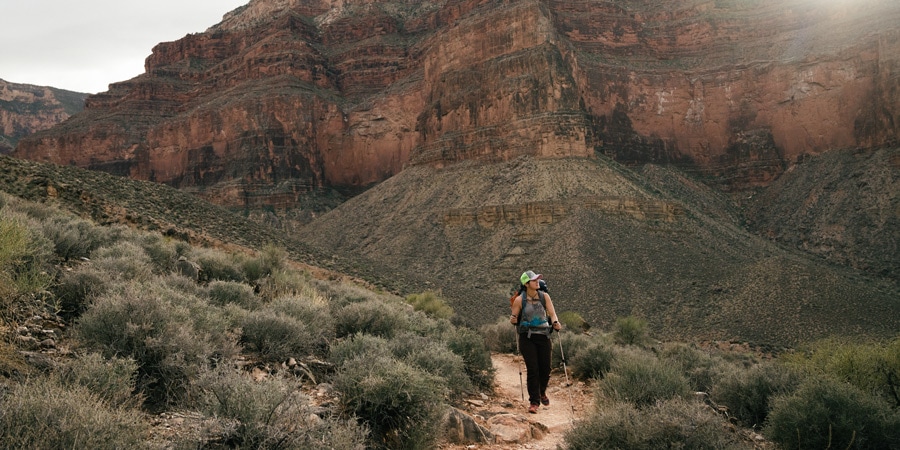
Deciding where to go solo backpacking is not very different from choosing a destination for a trip with friends. You can narrow your options by thinking through things like how much time you have, how many miles you want to hike, what scenery you'd like to see and what the weather will be like. (To learn more about planning a trip, read our article How to Plan a Backpacking Trip.) There are, however, a handful of things to consider for your first solo backpacking trip:
Start small: You need to be self-reliant out there, so be conservative when deciding how many miles to hike each day and what level of challenge to take on. You may find that being alone will present physical and mental challenges that you didn't expect, so choose a trip that is well within your skill and comfort levels. Start with smaller, easier trips to gain experience and build confidence. After you've done a couple trips, you'll get a handle on what's right for you.
Consider going somewhere you've been before: By going to a familiar place, you can eliminate a bit of the unknown. Before you even leave home, you'll be able to visualize the hike and the spot where you'll spend the night rather than wondering what it will be like.
Choose a well-traveled trail: Some people solo backpack to get away from everything and everyone. But if you don't want to feel all alone out there, pick a place that is likely to have at least a few other backpackers.
Pack Essential Gear for Solo Backpacking
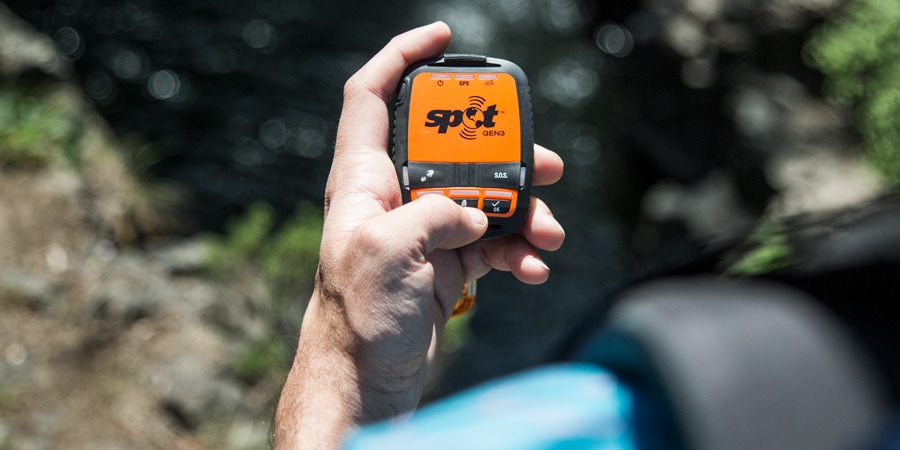
Solo backpacking requires all the same gear you take on group trips, so you probably won't need to make any big purchases. But, because you're going alone, it's extra important to make sure you have gear that helps you be self-reliant. Here's some advice for packing for solo backpacking trips:
Double-check to be sure you have all your essentials: That includes the Ten Essentials, noted before, which are your safety net if something goes wrong out there. But this also extends to all your gear when traveling alone because you can't rely on someone else to have an item you forgot. Check out our Backpacking Checklist for a comprehensive overview on gear to take.
Don't skimp on first-aid supplies: Give yourself a safety buffer and pack plenty of first-aid supplies so you're prepared to treat a wide range of injuries. Also, make sure you know how to use the supplies you're bringing (sign up for a wilderness medicine class if you need training).
Consider carrying a PLB or satellite messenger: In the mountains, where cell service can be spotty, a smartphone can't be relied on as a sure way of calling for help. A personal locator beacon (PLB) or satellite messenger is a better option. There are differences between the two, but both allow you to send an SOS in an emergency from just about anywhere on the planet. Learn more about them in our article How to Choose Between a PLB and a Satellite Messenger.
Lighten up where you can: Since you can't share the load with your hiking buddies, your pack will likely be a bit heavier on solo trips than on group outings. To keep it from getting unbearably heavy, look for ways to lighten the load. This doesn't mean you have to purchase expensive ultralight camping gear just to enjoy a night of solo backpacking. Simply leaving behind some luxury items, like a camp chair or hardcover book, can make a dent. If you're looking for ways to significantly lighten your pack, read our article Ultralight Backpacking Basics.
Tips for Solo Backpacking
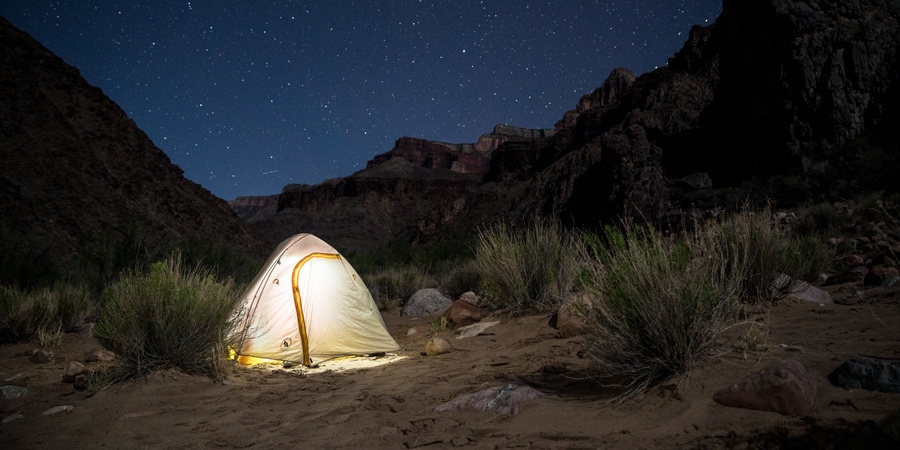
Solo backpacking can be freeing and fun. But it can also be stressful and even scary at times. Here are some tips to help you have a positive experience:
Go solo car camping: If the idea of sleeping alone in a tent makes you extremely anxious, then try a few nights of solo car camping. You'll get a feel for what it's like to be on your own but without the commitment of hiking in several miles. If you decide you don't like it, just take down your tent, hop in the car and drive home.
Stay calm: The snap of a twig in the middle of the night can send your mind wandering down all sorts of scary paths. Try your best to stay calm. Take some deep breaths, bring yourself back to the present and think logically about the situation. A forest makes all sorts of noises at night, most of them caused by completely benign things, like small animals crawling around or just a simple breeze. The more familiar you become with these sounds, the less scared you'll likely be when you hear something.
Bring distractions: To keep your mind from wandering too much and to stave off boredom, consider bringing something to entertain you for a while, such as a book to read, music to listen to or a game to play.
Find companionship: If you're lonely and not having any fun, make some friends out there. This will be tough on a desolate trail, but on a popular route, such as the Pacific Crest Trail or Appalachian Trail, you'll have plenty of opportunities to strike up conversations with fellow hikers.
Find inspiration from other solo backpackers: Despite the mental and physical challenges, numerous backpackers have explored the wilderness on their alone and have rewarding stories to share. Connect with others who have done it to get advice and suggestions to prepare for your trip; join a local hiking club or find others in online communities. Read one hiker's account about overcoming the fear of hiking alone or books like "She Explores," a collection of stories that celebrate taking on new solo adventures.
Connect with other backpackers and build an inclusive outdoors: Reach out to one of the many organizations working to provide welcoming and affirming spaces for historically underrepresented groups, including some of our partners. Even if you're not prepared yet to go solo, by following these organizations on social media, participating in their programs, or joining one of their local networks, you can get connected with advice and resources, find community, and lay the foundation for solo trips in the future.
